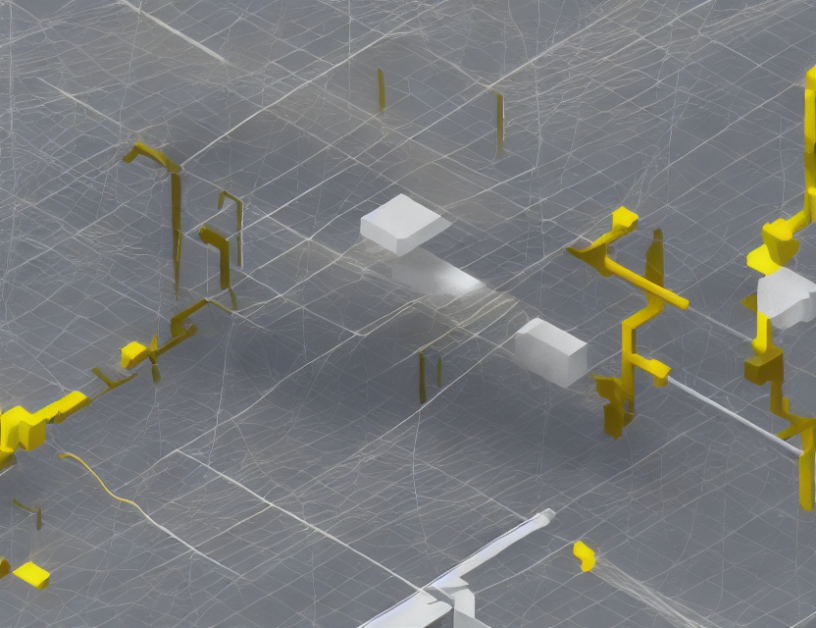In this article, we explore a new approach to model reduction for nonlinear mechanical systems. Traditional methods have limitations when dealing with complex systems, but our proposed technique can simplify the analysis while retaining important information.
Imagine you’re trying to understand a complicated machine by looking at it from far away. It’s hard to see all the details and how they work together. Now imagine you’re standing right in front of the machine, but you only want to focus on one small part of it. You can see that part much clearer, but you might miss some important details elsewhere.
Our technique is like standing right in front of the machine and focusing on a specific part while still taking into account all the other parts that are nearby. We call this part the "slow-fast" decomposition, because it’s like dividing the system into two parts: one that moves slowly (the "slow" part) and one that moves quickly (the "fast" part). By looking at each part separately, we can simplify the analysis without losing important information.
The article explains how this technique works in detail, using mathematical equations to show how the slow-fast decomposition can help us understand nonlinear mechanical systems better. The authors also compare their method with other existing techniques and show that it has several advantages, including improved accuracy and computational efficiency.
Overall, this article presents a powerful new tool for analyzing complex nonlinear systems, which could have important applications in fields such as engineering, physics, and mechanics. By simplifying the analysis without oversimplifying, our technique can help researchers and engineers better understand these systems and design more efficient and reliable devices.
Mathematics, Numerical Analysis
Alternative Exact Approach for Solving Electrostatic Problems with Fractional Gap



